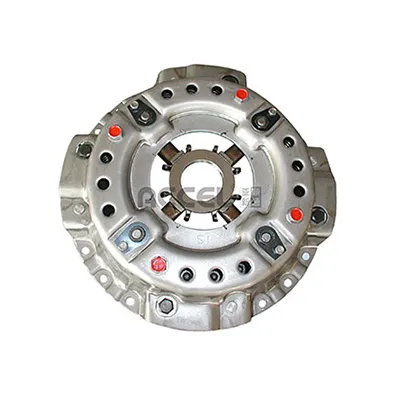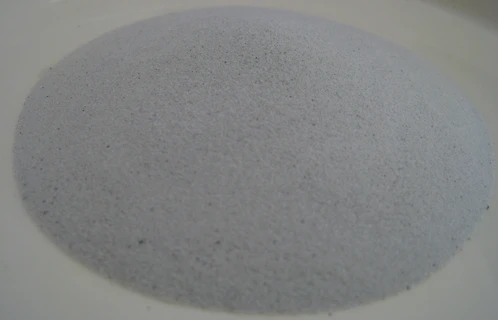Clay pebbles, commonly known as hydroton or expanded clay aggregates (ECA), have increasingly become an integral component in the horticulture and hydroponics industries. Their unique properties and eco-friendly nature make them a preferred choice for many growers, especially those dedicated to innovative and sustainable agriculture practices. In delving into the multifaceted uses and benefits of clay pebbles, we unlock their potential in enhancing plant growth and optimizing resource use efficiently.
Expertise with clay pebbles also translates to an enhanced understanding of plant health monitoring. Indicators such as root color and growth rate are clearer in a medium that exposes the root zone to close inspection and rapid adjustments if anomalies occur. This transparency in plant monitoring reduces the risks associated with unseen pathogens or nutrient imbalances, a prevalent issue in less accessible growing media. Moreover, the scalability and versatility of clay pebbles contribute to their growing reputation. They are suitable for both small-scale home setups and large commercial agricultural operations. Innovations in vertical farming and urban gardening further highlight their adaptability, as clay pebbles seamlessly integrate with vertical columns and roof gardens where weight and space conservation are crucial factors. Trust in the use of clay pebbles is reinforced by extensive research and an increasing number of testimonials from seasoned growers who have witnessed comparative growth advantages. Universities and agricultural research institutions continue to explore the potential of clay pebbles as a cornerstone for sustainable and efficient agricultural practices, paving the way for wider adoption and experimentation. In conclusion, the ascent of clay pebbles as a preferred growing medium is grounded in their unparalleled properties that enhance plant growth, sustainability, and cost efficiency. For those in the agricultural arena—whether hobbyists or professionals—embracing the use of clay pebbles can represent both a commitment to innovation and a step toward more eco-conscious cultivation techniques. Their reliability and proven track record establish them not only as an option but as an essential component in the toolkit of modern agriculture.


Expertise with clay pebbles also translates to an enhanced understanding of plant health monitoring. Indicators such as root color and growth rate are clearer in a medium that exposes the root zone to close inspection and rapid adjustments if anomalies occur. This transparency in plant monitoring reduces the risks associated with unseen pathogens or nutrient imbalances, a prevalent issue in less accessible growing media. Moreover, the scalability and versatility of clay pebbles contribute to their growing reputation. They are suitable for both small-scale home setups and large commercial agricultural operations. Innovations in vertical farming and urban gardening further highlight their adaptability, as clay pebbles seamlessly integrate with vertical columns and roof gardens where weight and space conservation are crucial factors. Trust in the use of clay pebbles is reinforced by extensive research and an increasing number of testimonials from seasoned growers who have witnessed comparative growth advantages. Universities and agricultural research institutions continue to explore the potential of clay pebbles as a cornerstone for sustainable and efficient agricultural practices, paving the way for wider adoption and experimentation. In conclusion, the ascent of clay pebbles as a preferred growing medium is grounded in their unparalleled properties that enhance plant growth, sustainability, and cost efficiency. For those in the agricultural arena—whether hobbyists or professionals—embracing the use of clay pebbles can represent both a commitment to innovation and a step toward more eco-conscious cultivation techniques. Their reliability and proven track record establish them not only as an option but as an essential component in the toolkit of modern agriculture.
Prev:
Latest news
-
The Versatile World of Phlogopite Mica: Properties, Forms, and ApplicationsNewsJul.14,2025
-
The Versatile Applications of Calcined Mica: From Decoration to Industrial UseNewsJul.14,2025
-
The Role of Muscovite Mica in Industrial Insulation MaterialsNewsJul.14,2025
-
The Benefits of Using Expanded Clay Pebbles in Hydroponics and Soil GardeningNewsJul.14,2025
-
Innovative Applications of Mica Flake in Paints and CoatingsNewsJul.14,2025
-
Gardening Expanded Clay Usage: A Complete GuideNewsJul.14,2025
-
The Use of Natural Mica Powder in Skincare ProductsNewsJun.11,2025
Related Products








